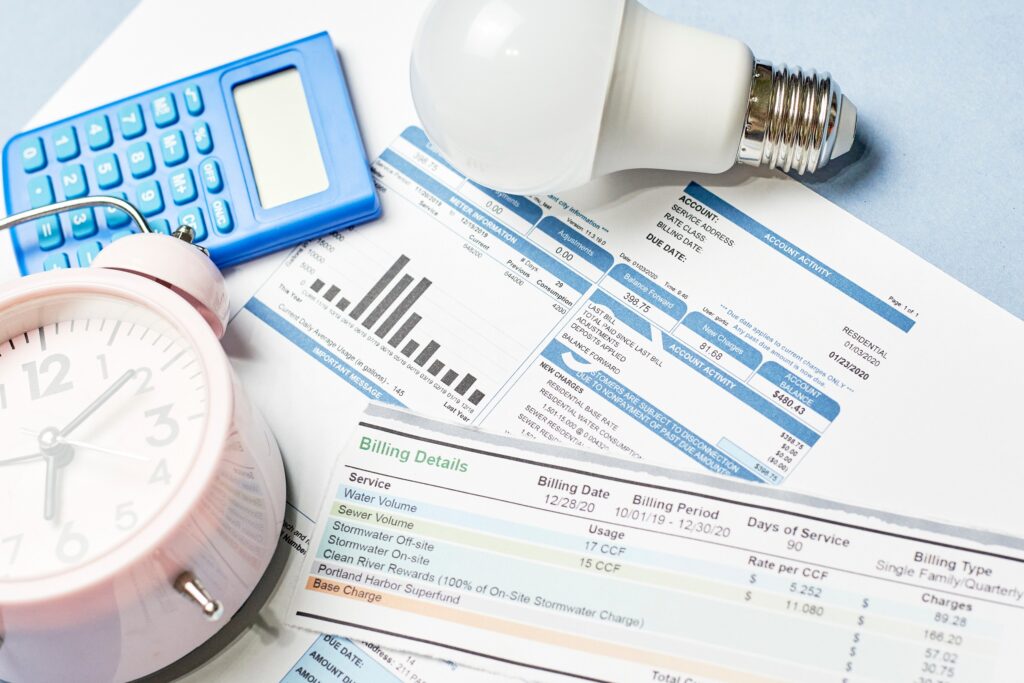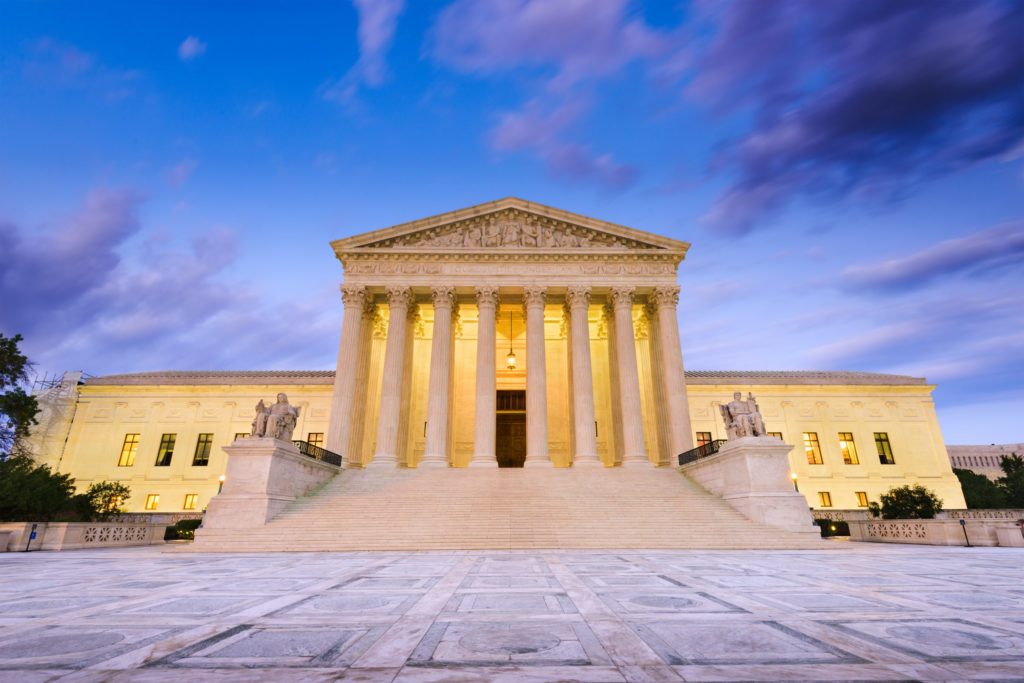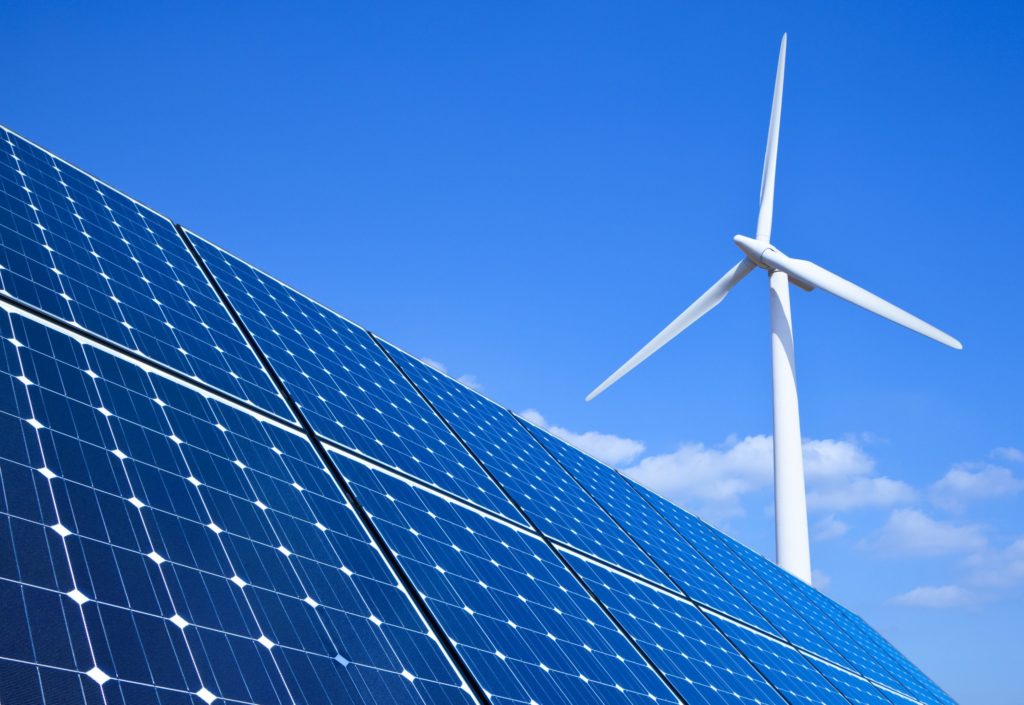Low-Energy Fridays: Will Bad Credit Affect U.S. Energy Subsidies?
The United States’ credit rating was recently downgraded from AAA to AA+—serious news that spells trouble in many areas. In the energy space, it means a weakened ability to sustain current and planned subsidies.
Unsurprisingly, politicians are reacting by casting blame on their opponents’ governance decisions. But the honest explanation is that the United States has an enormous amount of debt, as well as a debt-to-GDP ratio of 118 percent—more than double the median among AAA-rated countries (or AA, for that matter). A lower credit rating weakens the nation’s ability to borrow, which in turn will have a huge effect on planned energy subsidies.
The United States spends more money than it takes in and has been doing so for quite some time. Last year it spent $6.3 trillion while taking in only $4.9 trillion. While there is always big news about budget debates and how much to spend on defense, these “discretionary spending” items that Congress votes on every year make up only about a third of the budget. The other two-thirds are “mandatory spending” items like Social Security, Medicare and Medicaid. These programs are on autopilot and growing rapidly as the population ages, and older generations didn’t rear enough children to pay into them. Economic growth could have made up the difference, but it has been anemic since the Great Recession.
Other stressors on the budget include the 2017 tax cuts, pandemic relief efforts—which propelled an already unstable budget into uncharted territory—and high inflation, which has forced higher interest rates and consequently made borrowing more expensive. By 2028, America will spend more on interest payments than on defense. The budget is, in a word, unsustainable.
At some point, Congress will have to cut spending and raise taxes. There are few guarantees in politics, but one is that politicians will do everything they can to avoid ending government programs that people like. Another is that they will want to appear strong on national security. This means that the biggest spending items—Social Security, Medicare, Medicaid and defense—are also the ones that Congress will least want to touch. Instead, Congress may search for easier avenues. One of the simplest is to pare back energy subsidies, many of which were expanded under last year’s Inflation Reduction Act (IRA).
The latest estimate of the IRA’s energy subsidies is $663 billion. Simply rolling them back would save about $66 billion per year—roughly 5 percent of the deficit. Other pre-IRA energy tax breaks are about $18 billion per year, which would save another 1 percent. Additionally, some provisions of the IRA, like the clean energy production tax credit, do not have sunset dates and could incur significant costs beyond the standard 10-year budget window. Ultimately, these energy subsidies are growing in cost and exceeding initial estimates, illustrating the risk of policy implementation via subsidy.
When Congress goes hunting for ways to cut spending, energy subsidies are a likely candidate. Many of these disproportionately reward rich Americans while yielding minimal environmental benefit, making them easy targets for curtailment. Alternatively, if Congress wishes to preserve energy subsidies, it will need to either find other governmental programs to cut or take on the gargantuan political fight of entitlement reform.
The credit downgrade exposes why it is folly to rely on subsidies for policymaking, particularly when the nation cannot afford to support additional subsidies. The appropriate role of subsidies is to create short, temporary market shifts that overcome a market failure (funding basic scientific research, for example)—not to prop up profitable industries ad infinitum, which amounts to an increasingly costly wealth transfer from taxpayers to industry. We are approaching a point where Congress will have to pay for what it spends, and it must make hard choices in the future. Don’t be surprised if energy subsidies are among the first on the chopping block.









